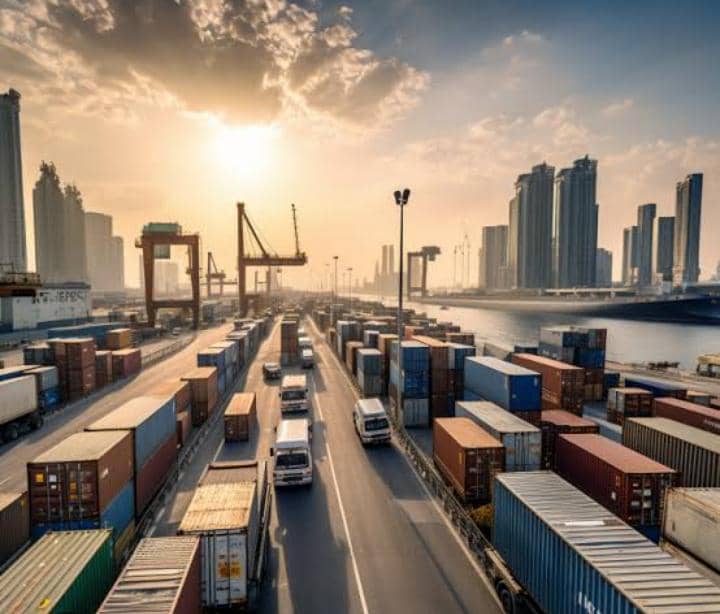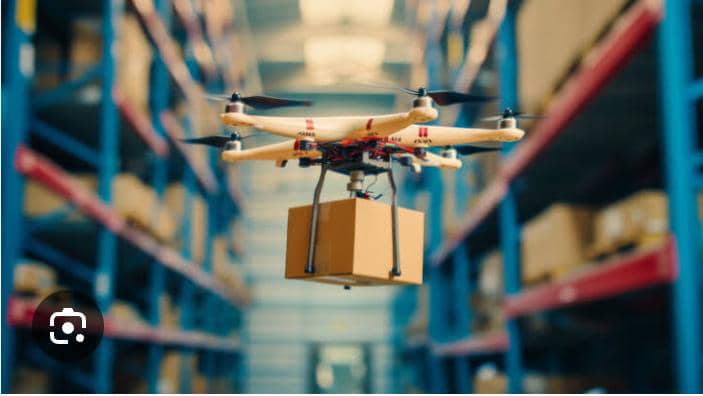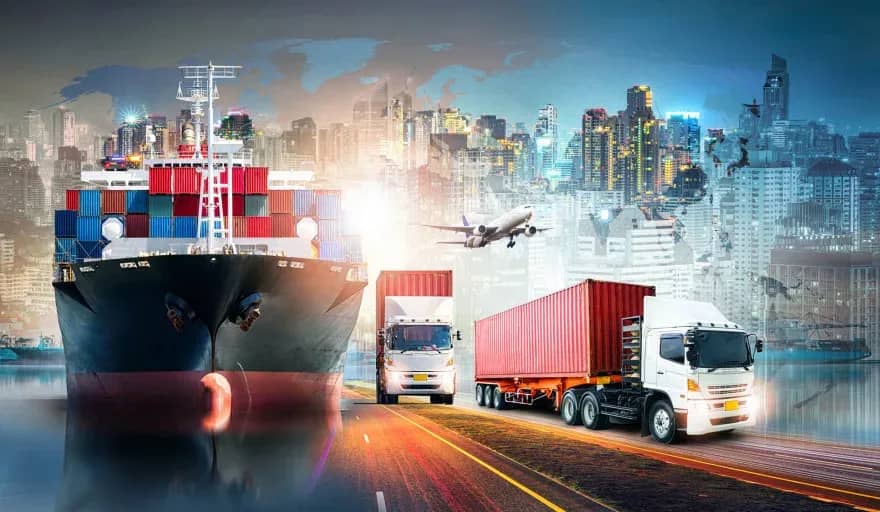Industrial logistics focuses on the systematic planning and management of the movement, storage, and control of materials, components, and products within industrial operations. It is a specialized aspect of logistics that caters for the needs of manufacturing and production environments. In Africa industrial logistics face a unique set of challenges that can hinder efficient movement of goods and limit industrial growth.
HURDLES OF INDUSTRIAL LOGISTICS.
- Inadequate Infrastructure
Transport Networks: Many regions suffer from poorly maintained roads, underdeveloped rail networks, and congested or outdated ports. This leads to delays, increased costs, and higher wear-and-tear on vehicles.
Energy and ICT: Insufficient reliable energy supplies and limited digital connectivity can impact modern supply chain management and logistics technologies.

- Regulatory and Administrative Barriers
Customs and Border Controls: Lengthy, bureaucratic customs procedures and non-harmonized border regulations across countries lead to delays and increased costs.
Policy Inconsistencies: Inconsistent policies and regulations, including differing standards between countries, create challenges for companies trying to operate on a regional scale.
- High Transportation Costs
Fuel Prices and Maintenance: High fuel costs, combined with the lack of economies of scale due to fragmented transport networks, increase operational expenses.

Inefficiencies in Freight Handling: The absence of integrated logistics platforms and modern freight management systems can lead to underutilized capacity and higher per-unit transport costs.
- Security and Risk Management
Theft and Vandalism: Risks of cargo theft and damage, especially along poorly secured routes, can lead to significant losses.
Political Instability and Conflict: In some regions, political instability and conflict disrupt supply chains and deter investment in critical infrastructure.

- Limited Technological Integration
Digital Divide: The adoption of advanced logistics technologies—such as real-time tracking, warehouse automation, and data analytics—is slower compared to more developed regions.

Lack of Data and Visibility: Without robust data collection and analytics, companies struggle to optimize routes, manage inventory effectively, and forecast demand accurately.
- Financing and Investment Constraints
Access to Capital: Many logistics operators face difficulties in securing the financing needed for infrastructure upgrades and technological advancements.
Public-Private Partnership Gaps: While there is potential for collaboration, limited frameworks for effective public-private partnerships have slowed progress in modernizing logistics networks.
- Skills and Capacity Gaps
Workforce Development: There is often a shortage of skilled professionals in logistics and supply chain management, making it challenging to implement modern systems and practices.

Training and Education: Inadequate training programs and limited access to professional development further exacerbate operational inefficiencies.
- Regional Integration Challenges
Fragmented Markets: Africa’s vast geography combined with diverse languages, legal systems, and cultural practices makes regional integration complex.

Cross-border Coordination: Efforts such as the African Continental Free Trade Area (AfCFTA) aim to harmonize policies, but progress is gradual, and local issues still impede seamless operations
CONCLUSIONS.
Addressing these challenges requires coordinated efforts among governments, private sector stakeholders, and international partners. Investments in infrastructure, regulatory reform, technology adoption, and skills development are essential for creating a more efficient and competitive logistics environment in Africa. This multifaceted approach can help reduce costs, improve delivery times, and ultimately support economic growth across the continent.